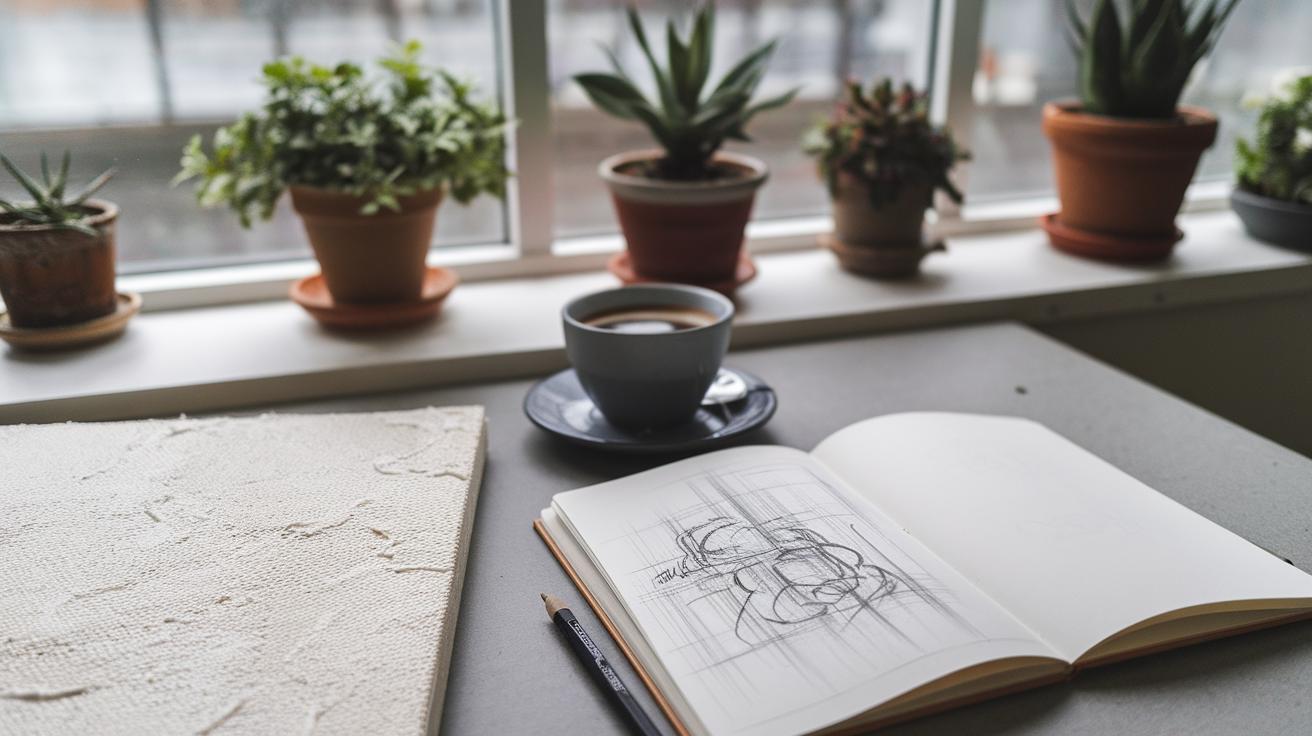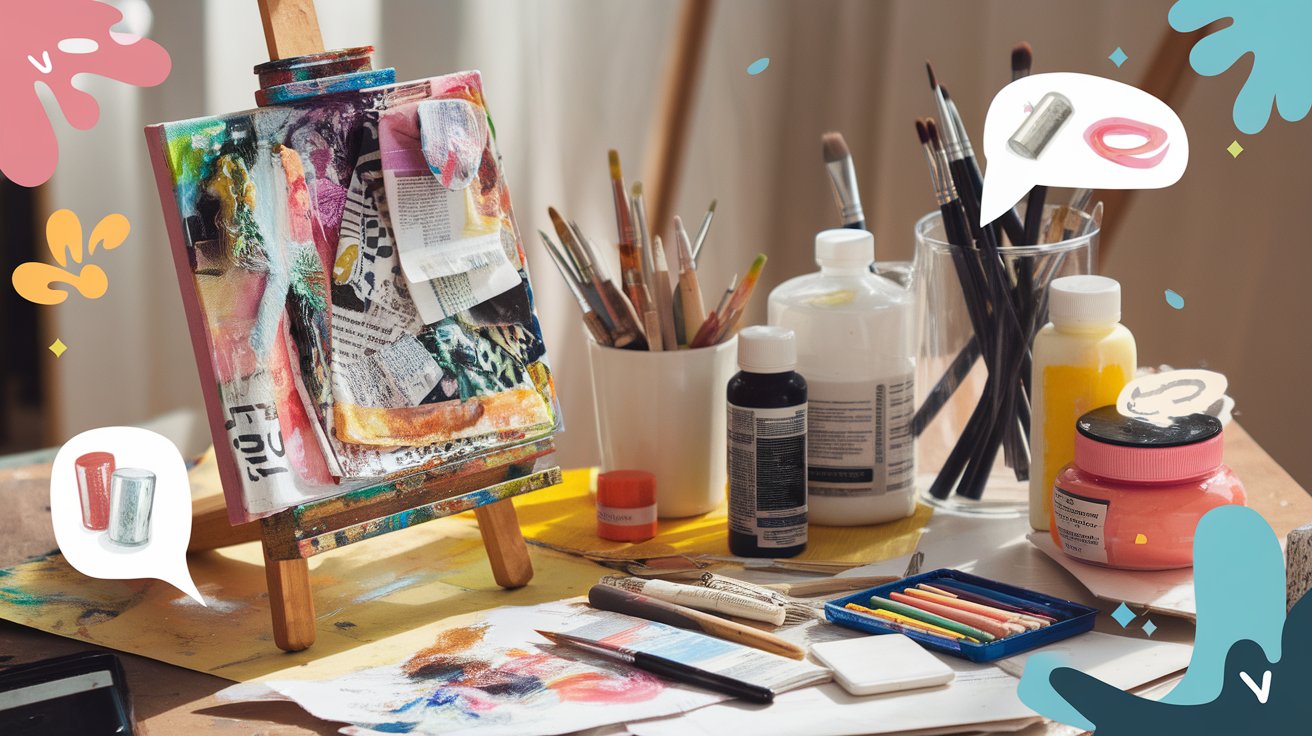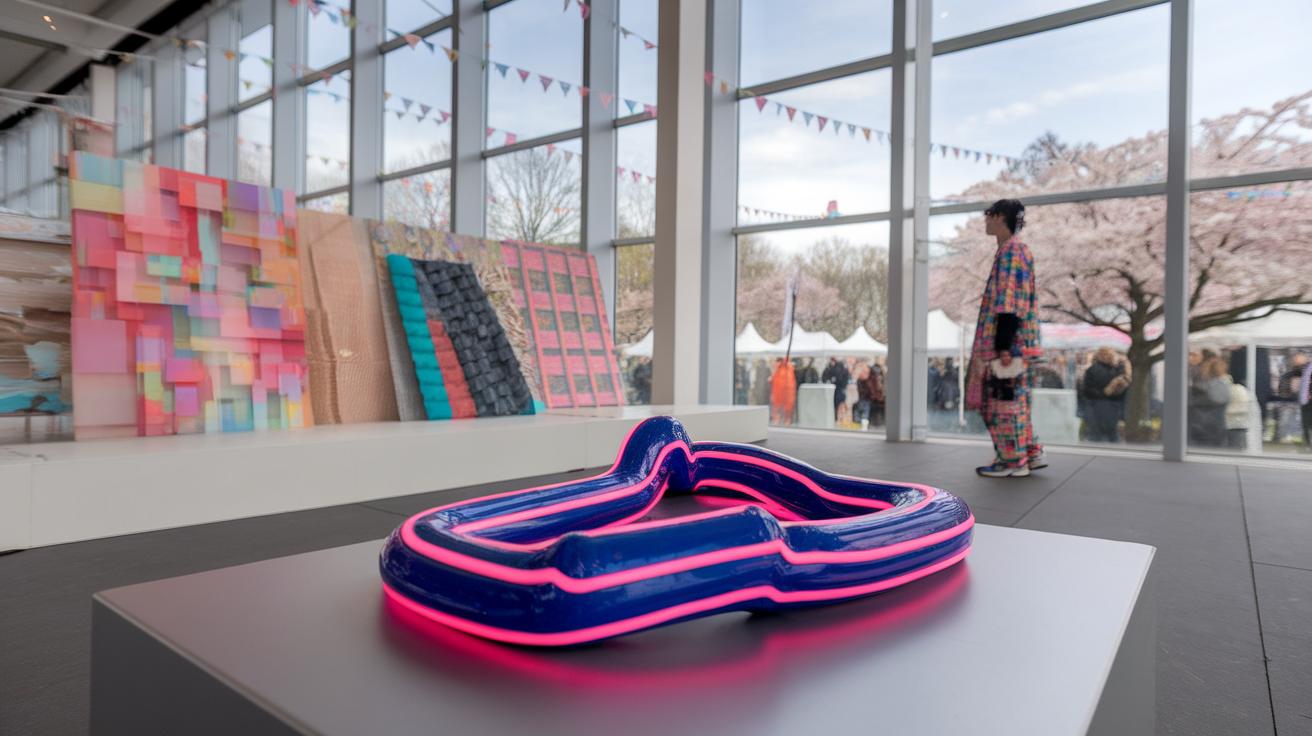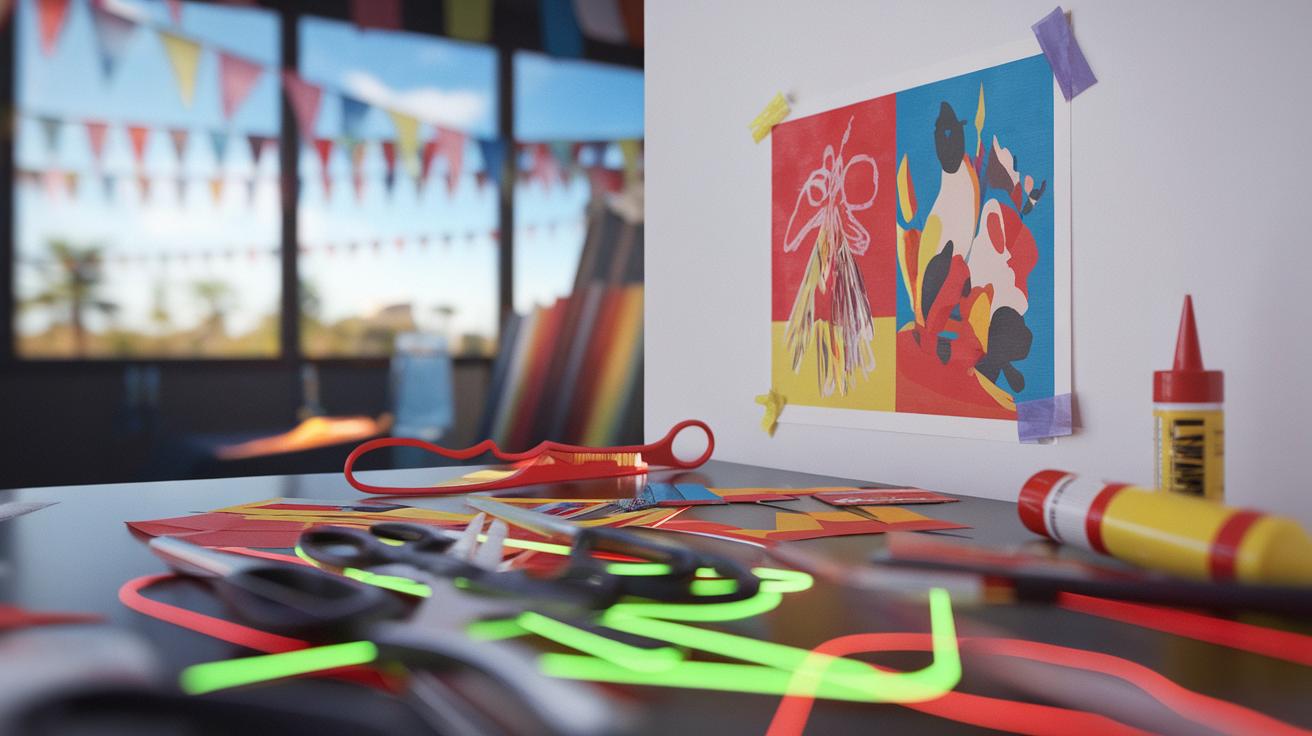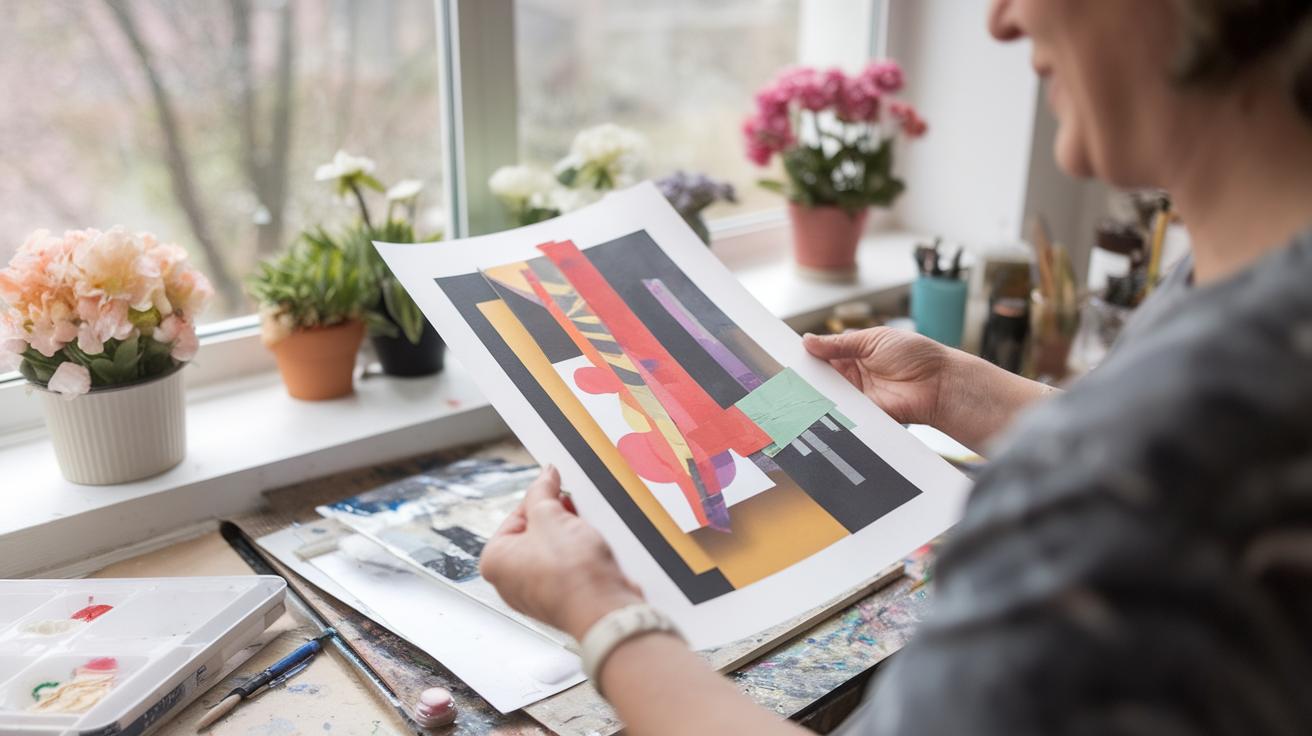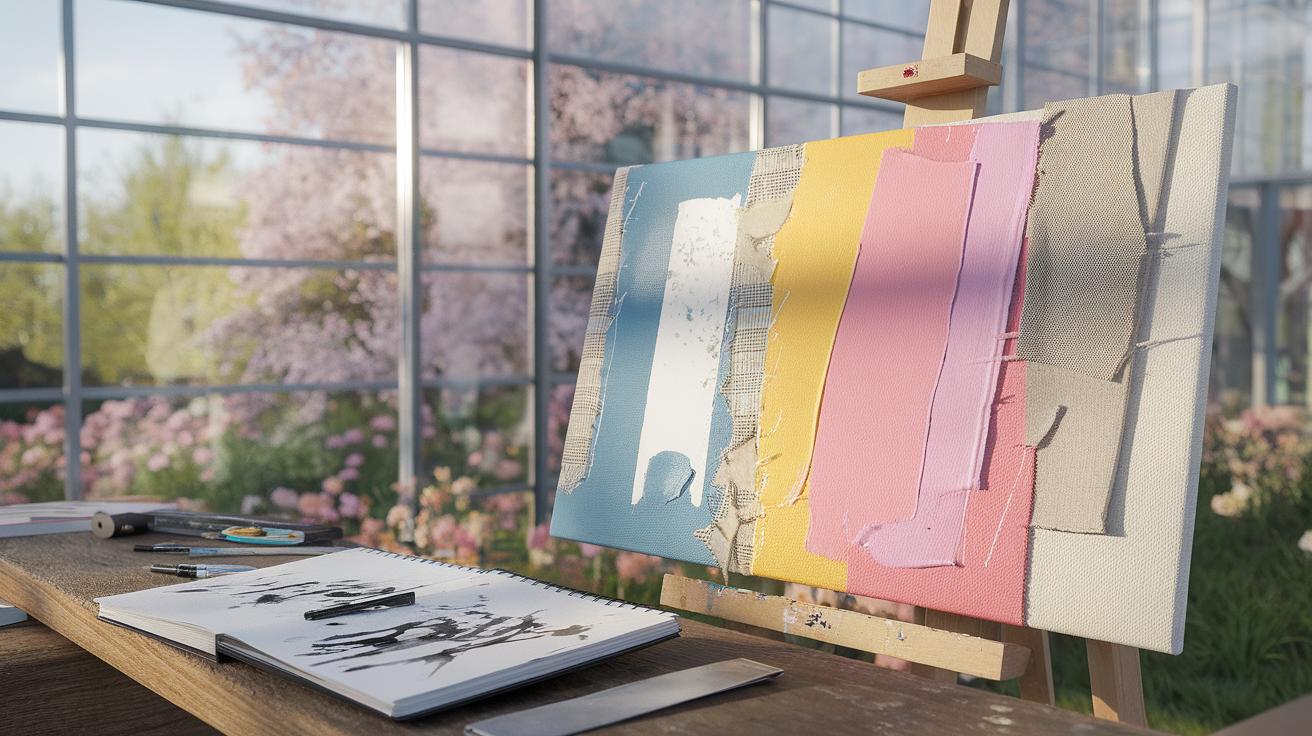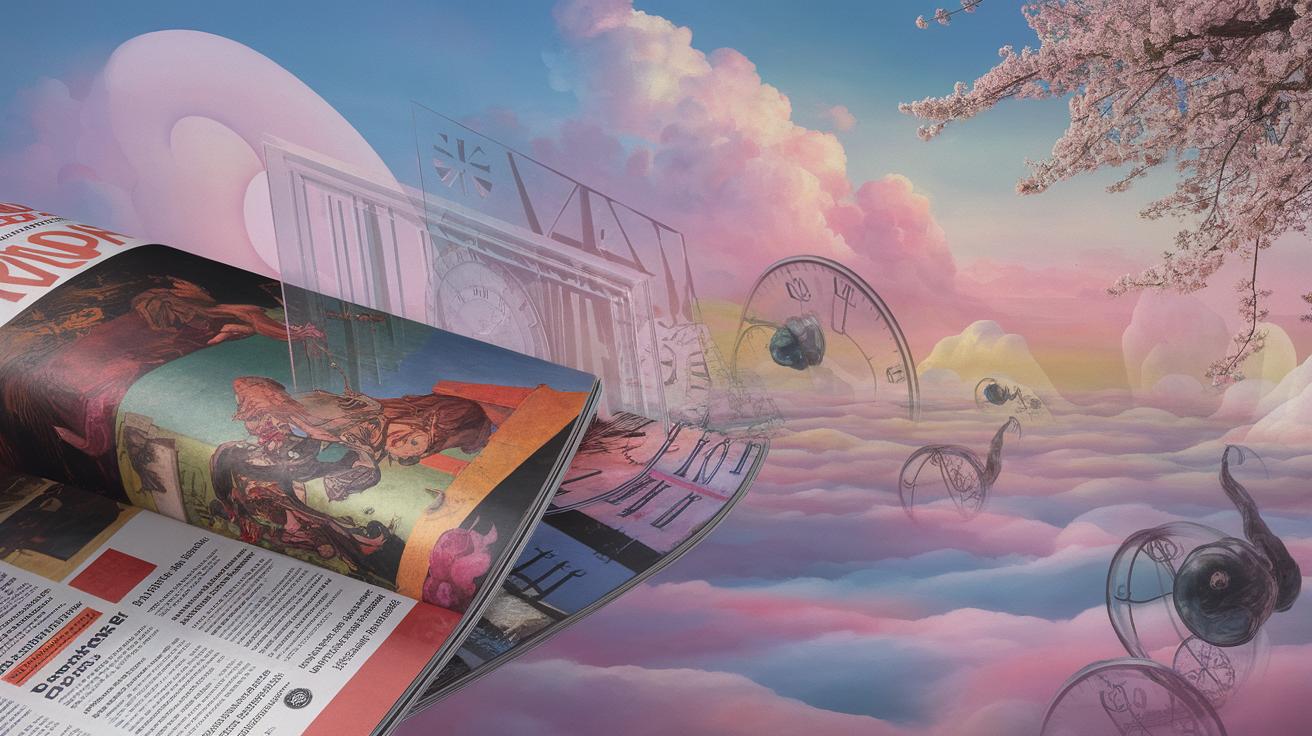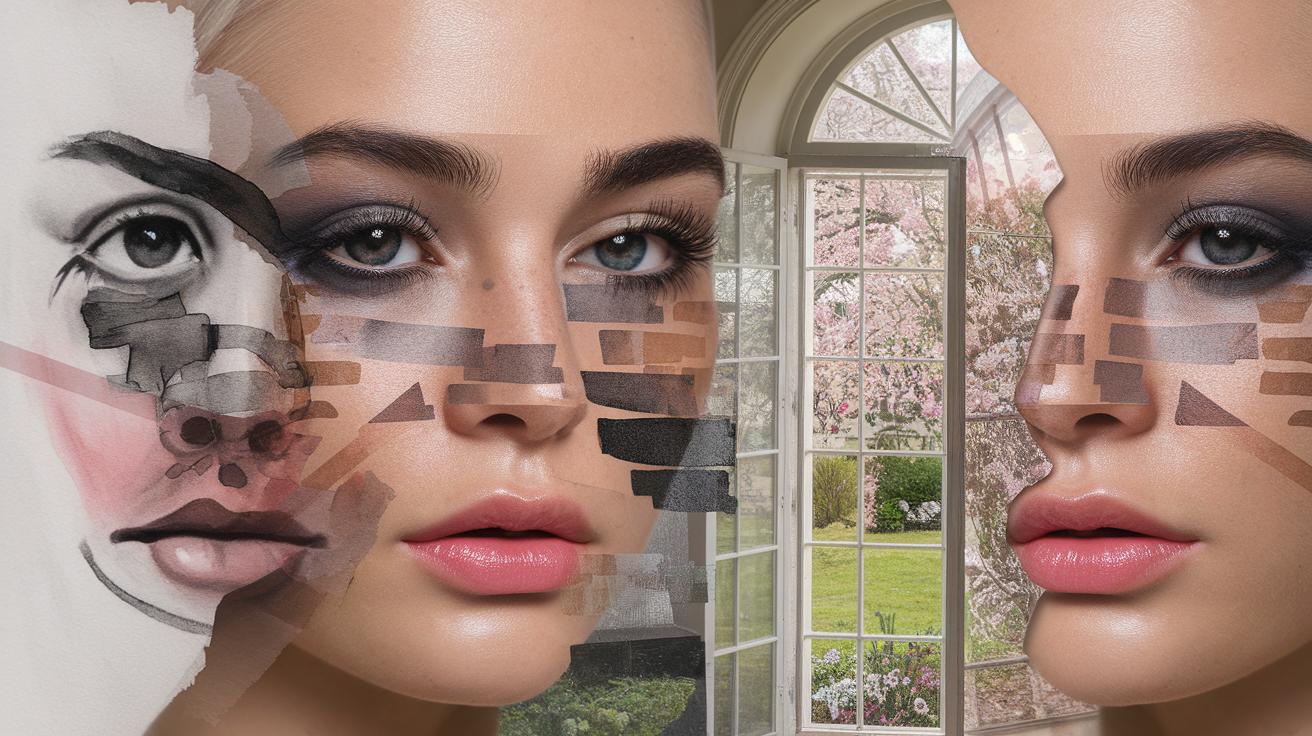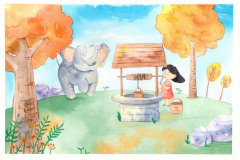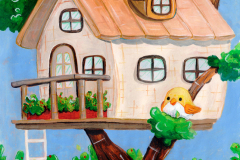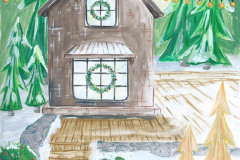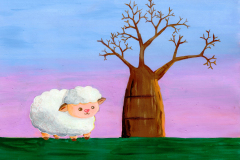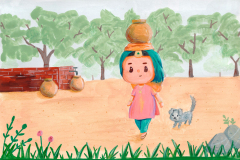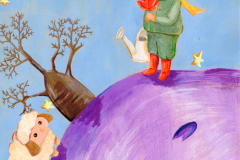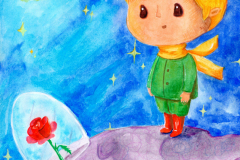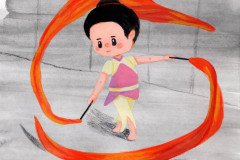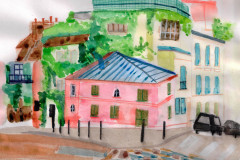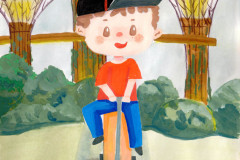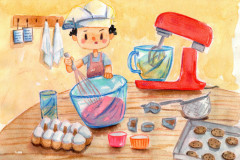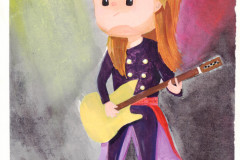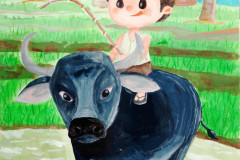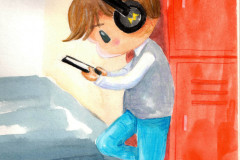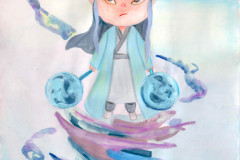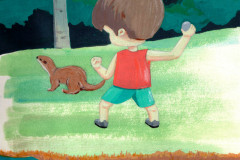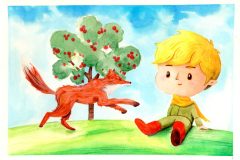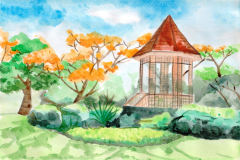Introduction
Collage is an artistic technique where various elements come together to form a unique piece. This approach has roots tracing back to ancient times but gained prominence during the 20th century with artists like Picasso and Braque, who popularized the term ‘papier collé’. Collage art allows for immense creativity through the combination of different materials including photographs, colored papers, and textures. As you explore collage, you have the opportunity to make bold statements with your artwork.
This art form provides endless possibilities for expression. Each piece tells a story and can evoke emotions through its arrangement and choice of materials. By experimenting with collage, you learn to think outside the traditional boundaries of visual art. In this article, we will uncover various techniques, sources of inspiration, and practical tips that can help you create outstanding collage artworks that leave a lasting impact.
Understanding Collage Art A Historical Perspective
Collage art combines different materials to create a unified work. You can use paper, photographs, fabric, and other media. This technique dates back to ancient times, with origins in Chinese paper cutting and Japanese calligraphy. Artists began experimenting with collage during the 20th century.
Pablo Picasso and Georges Braque are key figures in the development of collage. They introduced the concept in their cubist works in the early 1900s. This marked a shift in how art was perceived. Collage allowed artists to break free from traditional painting methods and explore new narratives.
Over time, movements like Dadaism and Surrealism embraced collage, using it to challenge norms. Consider how Max Ernst and Hannah Höch utilized found materials to express powerful ideas. You can draw inspiration from their bold creativity.
What stories do you want to tell through your collages? Think about how combining different elements can enhance your artistic vision. Your personal experiences and interests can guide your choices. Be fearless in your exploration of this diverse art form.
Different Types of Collage Techniques
Paper Collage Techniques
Paper collage uses cut pieces from various sources. These can include magazines, newspapers, or colored paper. You choose these elements based on your theme. Arrange them in layers for depth.
For example, create a simple portrait by combining cut-out facial features. Layering different textures adds interest. Take a chance on unexpected materials like fabric or patterned cardstock.
Digital Collage Techniques
Digital collage combines images using software. You can manipulate and blend photos seamlessly. Platforms like Photoshop or free options such as GIMP offer many tools at your fingertips.
Try combining a photograph with digital drawings. This creates a unique blend of reality and fantasy. You also have endless options for colors and textures since everything is adjustable.
Mixed Media Approaches
Mixed media collage incorporates various materials. Beyond paper, consider paint, fabric, or even found objects. This technique turns a collage into a three-dimensional experience.
For instance, glue some three-dimensional objects to your collages, like buttons or small toys. The added textures will engage viewers in a new way. Have you ever tried mixing different mediums to express your vision? It’s an exciting way to see what emerges.
Choosing Your Materials Collage Inspiration for Bold Creative Masterpieces
Selecting materials is key in collage making. Gather items that resonate with your creative vision. The choices you make set the tone of your artwork.
Start with paper. Look for old magazines, newspapers, or brochures. Each offers different colors and patterns. Think of textures too. Smooth paper contrasts well with rougher materials like fabric or sandpaper. Mixing these creates depth.
Consider using elements from nature. Leaves, flowers, and even small twigs can enhance your work. These add organic textures and vibrant colors.
Color plays a significant role. Choose a palette that speaks to you. Do you prefer bold hues or subtle shades? Create a harmony or tension between colors to evoke emotion.
What inspires you? Keep a collection of materials that reflect your interests. This personal touch makes your collages unique.
Finding Inspiration Identify Unique Sources for Bold Collage Art
Personal Experiences
Your life shapes your art. Personal experiences can be powerful catalysts for creativity. Think about the people you’ve met and the moments that have defined you. Consider how a childhood memory or a recent challenge can inspire a piece of collage art. You might even cut up photos from significant life events or use ticket stubs from concerts. These items remind you of your journey and bring depth to your creations.
Nature and Culture
Nature offers endless inspiration. Explore your surroundings. Notice how colors blend in a sunset or how shadows play on leaves. Collect materials from nature, like dried flowers or interesting stones. Cultural influences can also ignite your imagination. Research different art forms or crafts from around the world. Try incorporating patterns or symbols that resonate with you. What cultural elements speak to your identity? How can you express that in your work?
Planning Your Collage Layout Sketches and Organizing Materials
Before you start cutting and gluing, take time to plan your collage. Sketching a layout can clarify your ideas. Use simple shapes to represent the elements you want to include. Are there specific images, colors, or textures you plan to use? A layout sketch helps visualize how different pieces will fit together.
Gather your materials early. This step saves you time later. Collect newspapers, magazines, fabric scraps, or any other items that inspire you. Organize these materials into categories like colors, themes, or textures. This method allows you to grab what you need without wasting time deciding. How do you want your viewers to feel when they see your work?
Consider the composition of your collage carefully. What story do you want to tell? Think about balance and movement. Arrange your materials in a way that draws the viewer’s eye around the piece. Keep experimenting with different layouts. Adjust until it feels right. Planning sets the foundation for a bold creative masterpiece.
Techniques for Effective Assembly Layering Blending and Arranging Your Collage
Layering is one of the most powerful techniques in collage making. Start by placing larger pieces in the background. This sets a foundation. Then, add smaller pieces on top, creating depth. Consider how each layer interacts. Does one element draw the eye more than another? Adjust accordingly.
Blending elements can unify your collage. Use colors and textures to create harmonies. For instance, if you work with magazine cutouts, match similar hues. This technique ties different items together, making them feel cohesive. Personal experience shows that using contrasting textures adds intrigue. You could pair rough paper with smooth photographs for dynamic visuals.
Arranging your pieces is crucial. Begin with a rough layout. Move items around until you find a pleasing composition. Ask yourself what story you want to tell. What emotion do you wish to evoke? This will guide your decisions. Once you feel satisfied, glue down your elements. Remember, you can always adjust as needed, keeping your vision fluid.
Adding Finishing Touches Completing Your Bold Collage
Final Steps in Collage Creation
Completing your collage involves critical final touches that enhance its appeal. Start with varnishing. Choose a suitable varnish that protects your artwork and adds shine. Apply it evenly with a wide brush, ensuring all areas receive coverage. This process not only secures your materials but also enriches colors.
Selecting a frame can elevate your collage. Choose a style that complements your artwork. A simple frame might showcase a bold piece while an ornate frame can add extra character. Ensure the frame fits securely to protect from dust and damage.
Consider how you will present your work. Will it hang on a wall or stand on a shelf? Think about the lighting and surroundings. Effective presentation draws viewers in. How do you want your audience to interact with your art? Think through these aspects to make your collage truly shine.
Showcasing Your Work Introduce ways to exhibit and share your collage art with a broader audience
Sharing your collage art can open doors to new opportunities. You have many options at your fingertips. Start with online platforms. Websites like Instagram and Pinterest allow you to showcase your work to a worldwide audience. Create a dedicated account for your collages. Post regularly and engage with followers. Use clear images to highlight your pieces.
Consider setting up an online shop. Platforms like Etsy make it easy to sell your work. You can reach people interested in unique art. Think about local galleries. Many are looking for new artists. Reach out to them with a portfolio of your best pieces.
Ask yourself, how can your art connect with others? Host a small exhibition or a pop-up event. This can create community interest. Invite friends and local artists to view your work. You might gain valuable feedback. Finding your audience is key to sharing your vision and passion.
Learning from Other Artists Encourage Collaboration and Learning from Fellow Artists
Collaboration Opportunities
Collaborating with other artists can open new doors for your creative journey. Attend local workshops to meet like-minded individuals. Engage in group projects where you can share techniques and ideas. These gatherings often lead to the exchange of inspiration.
Participate in online platforms where artists connect. You could join forums or social media groups dedicated to collage art. These spaces allow you to receive feedback and motivation from your peers, which can boost your creative process.
Mentorship and Growth
Seek mentorship from experienced artists. Many offer classes or one-on-one sessions to guide you. Look for mentorship programs in your area or online where you can learn directly from their experience.
Ask yourself what you want to achieve as an artist. Are you looking to improve your technical skills? Or do you want to enhance your conceptual approach? Tailor your learning to suit your specific goals.
Continuing Your Artistic Journey Collage Inspiration for Bold Creative Masterpieces
Your journey in collage art does not end with one creation. Each piece is a stepping stone to greater exploration. Boldness in art comes from pushing boundaries. Reflect on what worked and what didn’t. Ask yourself: what emotions did this piece evoke? What techniques seemed most effective?
Try new materials and methods. Use found objects, different textures, or contrasting colors. Consider creating digital collages alongside traditional ones. Mixing mediums can lead to fresh ideas.
Set regular challenges for yourself. For example, limit your palette to just three colors for a month. Experiment with themes that feel unfamiliar. This could include social issues, nature, or abstract concepts. By stretching your creative muscles, you strengthen your ability to innovate.
Art is a continuous cycle of feedback and growth. Seek out new experiences, whether through art fairs, online workshops, or community events. Each encounter can reshape your perspective. What new insights can you gain from a conversation with another artist?
Your creative expression is a personal journey. Embrace the messiness and imperfections of the process. Trust in your ability to transform simple ideas into bold masterpieces. Your artistic voice will deepen as you remain open to experimentation and change.
Conclusions
Collage art offers a dynamic way to express your creativity. Its versatility allows you to experiment with different techniques and materials. As you create your own collages, remember that there are no strict rules. Each piece is a reflection of personal experiences and emotions. Embrace the process of assembling elements and see how they transform into a coherent artistic statement.
Through this exploration, you can discover your unique style and voice as a collage artist. Continue to seek inspiration from various sources and let your imagination guide your creations. The world of collage is rich with potential, and your artistic journey in this medium can lead to bold and captivating masterpieces.

